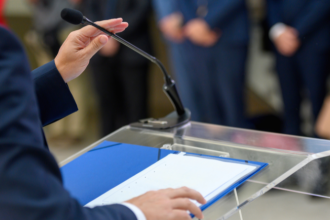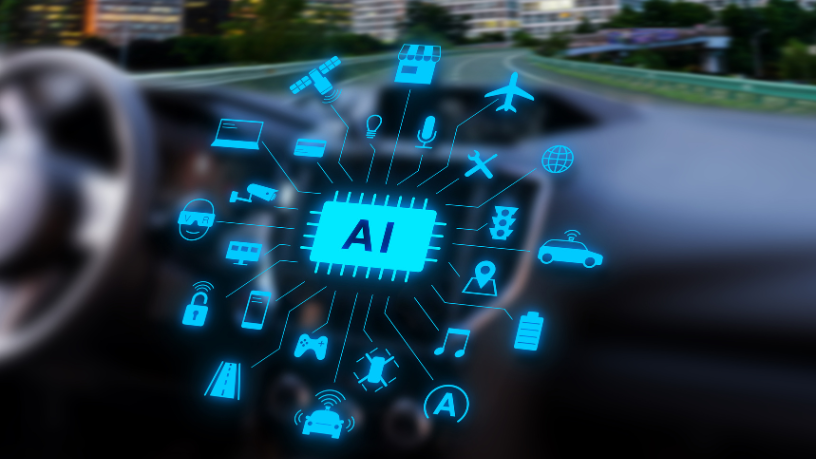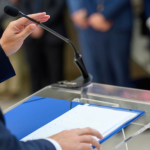Tesla held the initial launch of its highly anticipated Robotaxi last Sunday in Austin, marking a significant milestone in the development of the automaker’s autonomous vehicles. The test, limited to a specific area and accompanied by stringent safety measures, involved selected passengers, including social media influencers and company investors, who shared their experiences riding driverless cars—with a human safety monitor present to ensure security.
The Robotaxi launch in Austin represents a crucial step for Tesla, which has pursued the goal of fully autonomous transportation for over a decade. CEO Elon Musk emphasized that the company adopted an extremely cautious approach to safety, restricting operations to certain city zones and ensuring the presence of safety supervisors during rides. This move highlights Tesla’s commitment to responsible progress amid an evolving regulatory landscape.
Austin was chosen for the Robotaxi debut due to Texas’s comparatively flexible regulatory environment for autonomous vehicles. However, recent legislative changes in Texas introduced new requirements for commercial autonomous vehicle operations, prompting a group of Democratic lawmakers to call for a postponement of the launch until the new rules take effect in September. Tesla continues to engage with regulatory agencies to ensure compliance.
Besides Austin, Tesla also received permission to conduct commercial Robotaxi tests in California, initially limited to employees and with mandatory safety drivers on board. The vehicles used in Austin are Model Y midsize SUVs, different from the futuristic Cybercab unveiled by Musk last year, which promises a “lounge on wheels” and is expected to launch in the coming years. This strategy reflects Tesla’s aim for gradual, safe development.
Although Tesla leads the U.S. electric vehicle market, it faces stiff competition in the autonomous vehicle sector. Companies like Google’s Waymo already offer commercial services in cities including San Francisco, Austin, Phoenix, and Los Angeles, testing with safety monitors onboard and planning expansion to other major cities. Tesla’s Robotaxi debut in Austin places it in a key race for the future of urban autonomous mobility.
Early Robotaxi riders in Austin expressed satisfaction with the experience, highlighting the absence of a driver and the security provided by the safety monitor. This positive initial reception indicates the confidence Tesla seeks to build around the new technology, which promises to revolutionize both public and private transportation in the coming decades.
The Robotaxi launch comes at a delicate time for Elon Musk, who is attempting to redefine his image after his political involvement affected Tesla’s stock performance. Despite challenges, Musk reaffirms his commitment to vehicle autonomy, describing it as the company’s overriding value. The Robotaxi’s success will be critical in maintaining investor and consumer confidence.
In summary, Tesla’s initial Robotaxi launch in Austin is a strategic move to solidify its position in the autonomous vehicle market while navigating regulatory hurdles and market expectations. The company is betting on gradual and safe expansion to realize its vision of fully functional autonomous cars that will forever change urban mobility.
Author: Clodayre Daine









